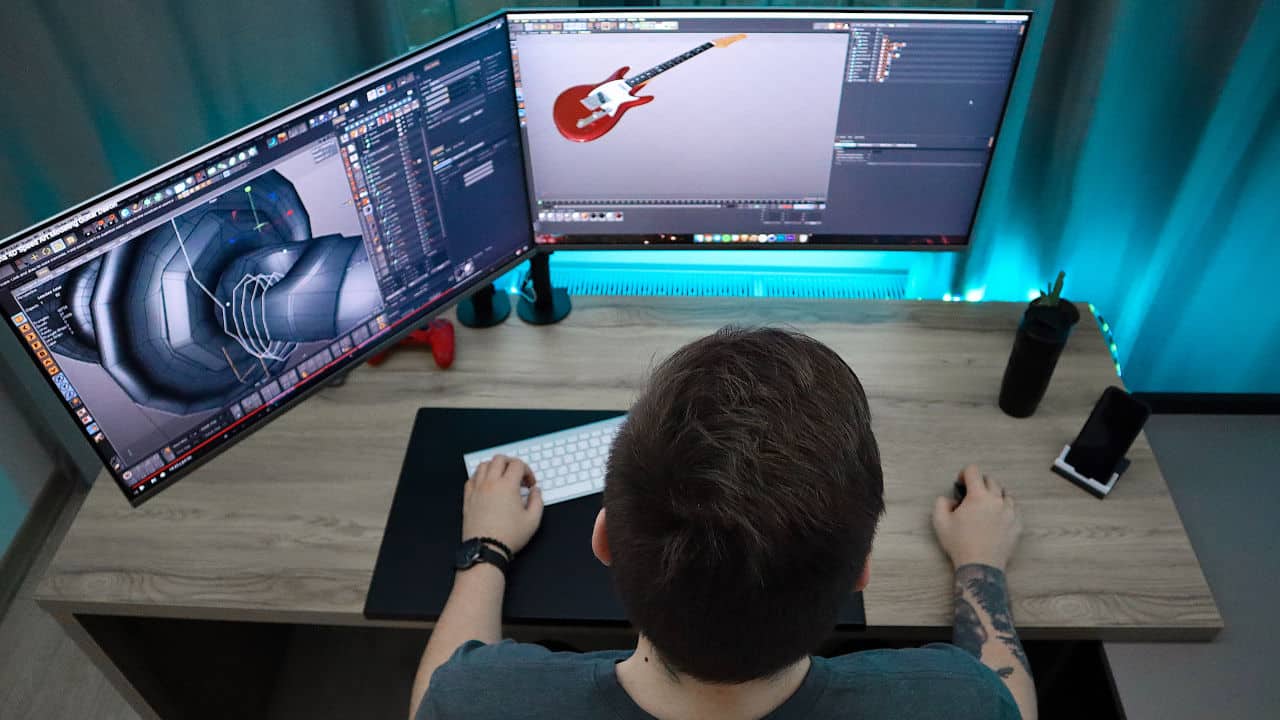Legal reconstruction is a tool experts use to determine the flow of events in a particular incident, usually to define the faulty party.
It is typically used in a case, whether in a courtroom or out-of-court setting. Whichever one it is, it usually serves as a comprehensive guide in determining the wrongful party in the issue. It also sheds light on the obscurity the case created using a proven scientific method.
Legal reconstruction can be helpful in both criminal and tortious matters. It can be used in murder cases, shooting incidents, vehicular accidents, construction accidents, product liability cases, and medical mishaps.
Even though the recognition is just starting to spread rapidly, it differs significantly from experimental criminology.
What is Experimental Criminology?
Experimental criminology is a subfield of criminology that uses scientific experiments to address crime prevention, punishment, and its effects.
Instead of being performed in labs, these experiments are usually conducted in real-world settings.
These field studies juxtapose comparable units with diverse approaches to crime and reactions to crime, ranging from policing to the indictment to probation, imprisonment, and parole.
Individual suspects or offenders, places, communities, periods of the day, gangs, police personnel, or even judges might be considered as these units.
Experimental criminology tilts more toward the experimentation on the behavioral patterns of people to aid criminal investigations, discover the causes of criminal acts, and provide ways to curb the spread of crime in society.
How does Legal Reconstruction Differ from Experimental Criminology?
Both legal reconstruction and experimental criminology are similar in that they involve the science of experimentation. However, their methods of experimentation differ.
Legal reconstruction experiments on objects and other factors such as dimension, speed, and space. Experimental criminology deals with the experimentation of human behavior when introduced to specific situations such as therapy, a particular living environment, and punishment.
Legal reconstruction can be delivered in court as evidence primarily through pictorial representations, graphics, and animation.
It will be admissible in a court of law if the basis is not merely experimental grounds. In fact, for it to be deemed admissible, it must be done based on an accepted and recognized scientific method, not on some baseless experiment that has no credibility in its conclusively.
This principle was established in the case of Daubert v. Merrell Dow Pharmaceuticals Inc.
Additionally, it must be noted that in the creation of legal reconstruction, it is not alien to find the use of physics, geography, geometry, and other aspects of science.
It can also extend to a broad part of forensic science like ballistics if the case involves shootings.
Experimental criminology can influence legal reconstruction in the aspect that deals with human behavior when determining the criminal intent and specific criminal patterns.
Legal Reconstruction Animation: Its Definition and Overwhelming Benefits
As the name suggests, legal reconstruction animation is an animated depiction of the reconstruction of the incident in question.
It is highly effective in a lot of cases, especially accident reconstructions. This is because detecting who is at fault may sometimes need the experience of an expert who can use available evidence to provide details of the event scientifically.
For instance, in the case of Cleveland v. Bryant, an accident reconstruction expert provided an animation of his reconstruction of the accident for the defendant. He could clearly depict what occurred between the two vehicles by paying attention to the evidence available and appropriate scientific methods.
Finally, it is instrumental in cases where an overload of dimensions and scientific numbers can cause distress and loss of attention of the jury.
Conclusion
Legal reconstruction, when rightly carried out to depict the accurate facts of the case, can drastically help the progress of a case. However, the impact of an expert in that field cannot be overemphasized to achieve this. It is advisable to consult with a credible and excellent legal reconstruction animation company to be assured of admissibility in court.






